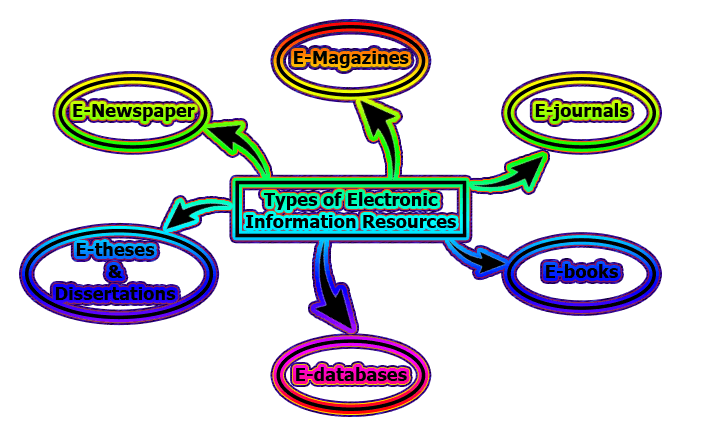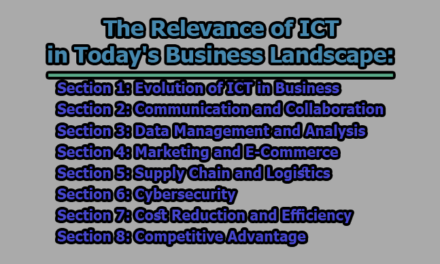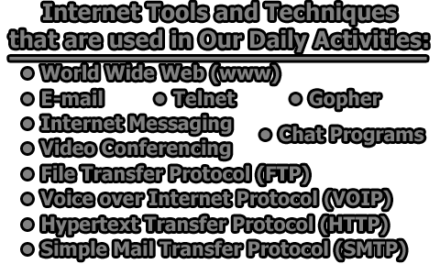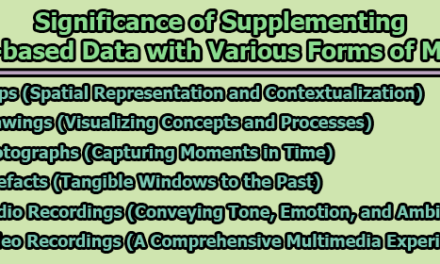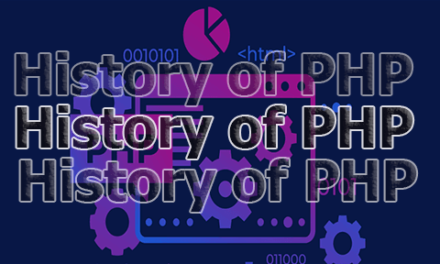Types of Electronic Information Resources
Electronic Information Resources are the resources in which information is stored electronically and which require electronic systems/ devices and networks to access and use. The term ‘Electronic Information Resource’ is a broad term that includes a variety of different models like, e-journals, e-books, online databases, CD-ROMs, e-mail publishing, Online Public Access Catalogues (OPACs), etc. Hence, in this context, the term EIRs (Electronic Information Resources) means “an electronic product that delivers a collection of data, be it text, numerical, graphical or time based as a commercially available resource that has been published with a sole aim to be marketed and for information dissemination.” The EIRs refer to those materials that require computer access or any other electronic devices. The EIRs may either be accessed remotely via the Internet or locally. There are many types of Electronic Information Resources (EIRs); some of the most frequently encountered types of EIRs are given below:
- E-journals: E-journals are full-text journals that are accessible via Internet/Intranet. It can be available free or as part of paid-for services. E-journals occupy a major share in e-publishing.
- E-books: E-books are portable literary works that can contain large quantities of readable textual information.
- E-databases: E-databases are collections of high-quality information for academic research. E[1]databases are an organized collection of information of a particular subject or multidisciplinary subject core.
- E-theses & Dissertations: E-theses and dissertations (ETDs) are an electronic version of the document that describes the scholarly work of a researcher.
- E-Newspaper: An electronic newspaper (E-newspaper) is also known as an online newspaper or web newspaper which can be accessed via the Internet.
- E-Magazines: E-magazines are kinds of e-resources which published online/CD-ROM in electronic format.
It is apparent that EIRs have become increasingly substantial components of academic library collection. With the growing popularity of EIRs, many traditional libraries have been gradually migrating from print documents to e-resources, where providing access to information is considered more important than owning it. Library users also increasingly demand their required information resources in electronic format because of its associated advantages viz. accessibility, simultaneous presence, faster searchability, easy manipulability, etc.
For citing this article use:
- Manjunath, A. (2013). Use Pattern of Electronic Information Resources and Services in Libraries of Universities with Potential for Excellence UPE in South India a Study. Retrieved from: http://hdl.handle.net/10603/225419

Assistant Teacher at Zinzira Pir Mohammad Pilot School and College

